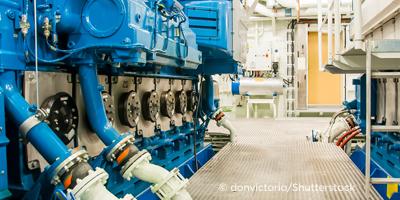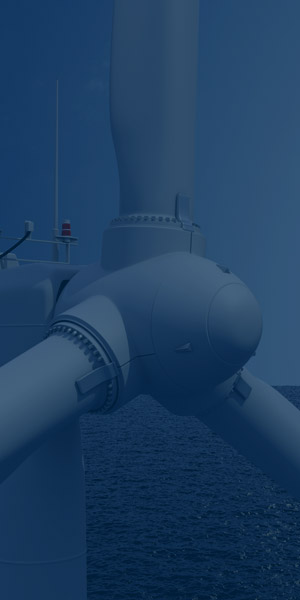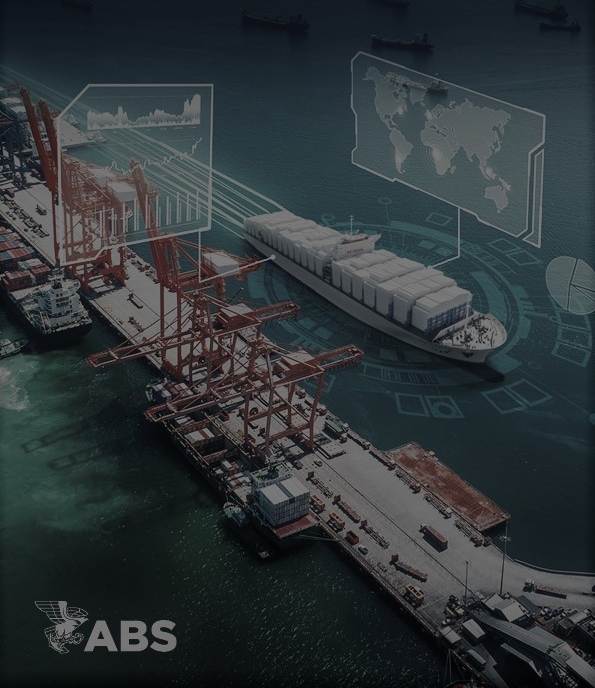Quick Links
- Rules and Resources
-
Services
Quick Links
Offshore- Production
- Offshore Support Vessels
- Exploration
- Offshore Wind Projects
- Offshore Wind Vessels
- Subsea Solutions
- Offshore Sustainability
- Offshore Space Support
- Floating Production Storage and Offloading (FPSOs)
- Offshore Energy Production
- Offshore Aquaculture
- Subsea Mining
- Novel Concepts and New Technologies
- Offshore Decommissioning
Sustainability and Decarbonization- Energy Efficiency Existing Ship Index (EEXI)
- Sustainability Reporting and Assurance
- Simulation-based Energy Efficiency Evaluation Service (SIM EEE)
- Greenhouse Gas (GHG) Rating Improvement
- Greenhouse Gas Inventory and Carbon Accounting
- Carbon Capture, Utilization, and Storage (CCUS)
- Alternative Fuel Options
- Alternative Power Sources
- Marine Sustainability
- Offshore Sustainability
- Green Shipping Corridors
- Methanol Value Chain
- Gas
- Carbon Intensity Indicator (CII)
- Ammonia Value Chain
- Carbon Diligence Platform
- Innovation and Technology
-
News and Events
Quick Links
-
About
Quick Links
- Rules and Resources
- Services
- Innovation and Technology
- News and Events
- About Us and Careers
- Rules and Resources
- Rules and Guides
- Regulatory Updates
- Advisories and Debriefs
- Flag and Port State
- Engineering Software / License
- Engineering Reviews
- ABS MyFreedom™ Portal
- Databases
- Forms
- Services
- Classification
- Approval and Certification
- Company and Ship Audits
- Global Marine
- Global Offshore
- Global Government
- Sustainability and Decarbonization
- Digital Solutions
- Cybersecurity
- Maritime Training
- Innovation and Technology
- Technology Advancement
- Academic Engagement
- Industry Partnerships
- Data and Digitalization
- Knowledge Center
- About Us and Careers
- Who We Are
- Safety
- Careers
- Contact Us
Condition-based Survey
The Lifecycle Approach to Survey
Survey after construction has been on an evolutionary path within the marine and offshore industry via digitalization and the large-scale use of data. The last 20 years have seen advances in how the surveys are conducted based on the actual condition of the asset and issues specific to vessel types and age, along with the condition of protective coatings, corrosion levels, and equipment-condition monitoring playing a role.
Digitalization and the tools used to collect, store, and analyze the mass of data streaming from assets will play a role in improving their integrity and performance with a new lifecycle approach that is more vessel specific, condition-driven, and continuous. Surveys will be informed by various data-driven approaches, specifically:
- Structural survey will be guided by historical data compiled from the vessel’s operational profile itself. Load and damage accumulation exposure based on real-time AIS route and weather data information will help characterize structural risk, with added sensor based systems of varying degrees helping to inform and calibrate the above approaches. A surveyor will better understand how to survey that vessel, not only based on a prescriptive rule-set but based on the actual vessel history itself. Such information will also factor into advanced survey-planning via the use of drone and robotic technologies.
- Machinery surveys will evolve as health monitoring techniques reach new levels of capability and proficiency in the age of smart equipment. Techniques employing comprehensive solutions to real-time health and performance monitoring will become the norm. Such approaches will employ comprehensive solutions involving traditional condition monitoring techniques, as well as both physics-based and analytics-based composite models. The use of data analytics (covering the application machine learning and artificial intelligence), will augment the traditional approaches and help owners better utilize operational data to help diagnose deficient conditions and also provide prognosis the time to take corrective action.
- Aiding the survey in all aspects above will be the data infrastructure necessary to put this information at the attending surveyor’s fingertips. Mobile and augmented reality technology will also enable desktop SME support as well as putting the health status and data-driven knowledge into a practical view to help inform the survey execution.

© 2024 American Bureau of Shipping. All rights reserved.






































